

The 2017 Fall hunting season is dangling out ahead of us and is nearly in reach. Some of us, myself included, have already started doing the necessary homework to try and ensure our best chances of success. Burning holes with our eyes into our maps, working on our shooting, and buying new gear. For some of you, this might be your first season jumping into the world that is backcountry hunting. Let me say, I am excited for you! It’s a whole new look on things when you have camp on your back and bow in hand.
One of the things you are obviously gonna need out there is a solid sleep system. That sounds pretty fancy right? It’s not as complicated as it sounds, trust me. In light of that, I am going to go through and help you build a sleep system that you can rely on for the coming season. Here, I will cover sleeping bags/quilts and sleeping pads. I will save picking a shelter for a future post.
I think sleeping pads are oftentimes underrated in the role that they play in our sleep system. The first time I saw one of these fancy blow up sleeping pads, I thought to myself, “what is so special about that?” A lot of folks think the same thing and throw around comments like, “why don’t you just use a pool toy as a mattress?” A pool toy, while probably comfortable, offers nothing in the realm of R-Value.
R-Value is how much the sleeping pad will insulate the heat coming from your body. The higher the R-Value, the warmer the pad. You don’t want the temperature of the cold ground creeping up into your bag and that’s exactly what will happen if you don’t run a pad underneath you. A common mistake is thinking that the underside of your sleeping bag is what is keeping you warm and that is just not true. When you lay on your sleeping bag and compress the insulation, you are therefore doing away with it.
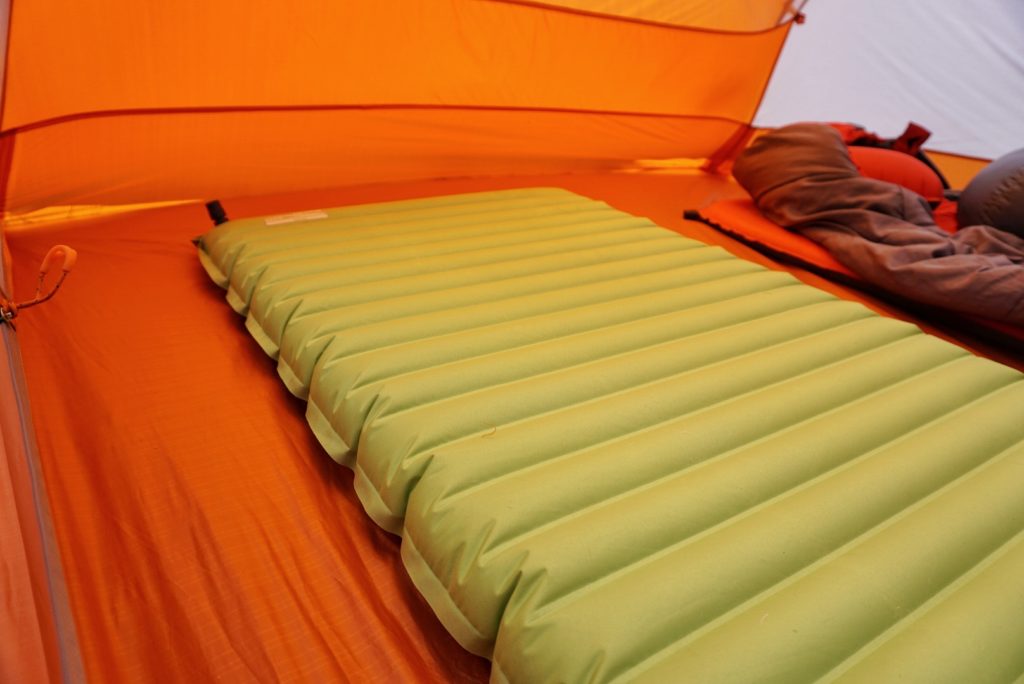
There isn’t too much to be said here about this other than the old school Roll Up pads are definitely not made for comfort. They are just made to help insulate the underside of your body and that’s it. I used to run one of these and really didn’t sleep that well at all, but it got me in the field and they don’t cost that much money. Once I switched to an inflatable mattress though, it was all over for me and I will never go back to one of the others. Not only was I nice and warm, but I was comfortable. The sleep I got wasn’t even comparable to before. So, if you can swing it, I definitely recommend getting one of the inflatables. You will not regret that.
So, you now know what R-Value is and the importance that it plays in your sleeping pad. What R-Value is right for you and your needs though? You need to ask yourself the question of what time of year are you planning to be out the most? Spring, Summer, Fall, Winter, or all of the above? If you are mostly planning on warmer summer trips, I would say to keep your R-Value no higher than 3.0. For Winter I’d say stay more in the range of 5.0, and for all of the above I’d recommend 3.0-3.5. I have run a pad with an R-Value of 3.0 for the past few years in a variety of different conditions and haven’t had any issues. Keep in mind that I live in Arizona though, so I definitely wasn’t out there in sub 10 degree weather.
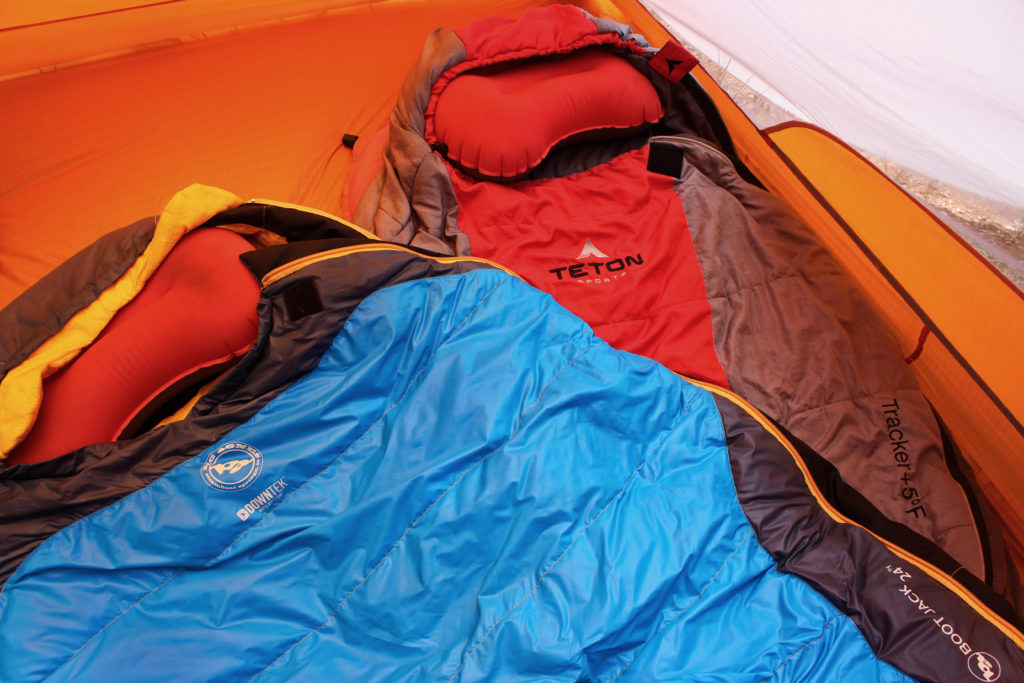
Alright! Now, that we’ve handled insulation between you and the ground with a sleeping pad, we now have to handle insulating the rest of your body. That is going to be done with a sleeping bag or quilt. You can go a few different ways with this and it is really going to depend on your specific needs. Let’s start with the different kinds of sleeping bags that you can get and then we will move onto quilts.
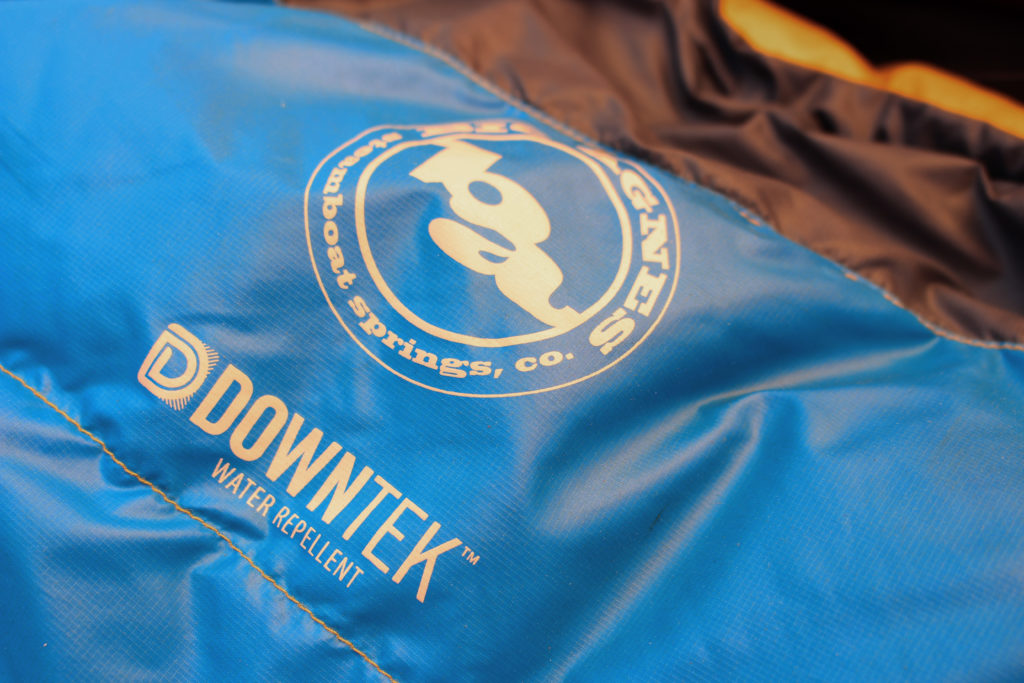
There are all different kinds of sleeping bags that are available to the would be backcountry enthusiast, but I think the most important question, aside from the temperature rating that you need, is down or synthetic? This is going to be answered by both the climate you are planning on being in the most, and of course, your budget. Down is going to be the most compressible out of the two. It’s also the most lightweight and warm. The downsides of down are it’s the most expensive and it doesn’t do well in wet conditions. Once you get a down bag wet, it is going to be very hard to dry it out. So, down is going to shine in cold dry environments.
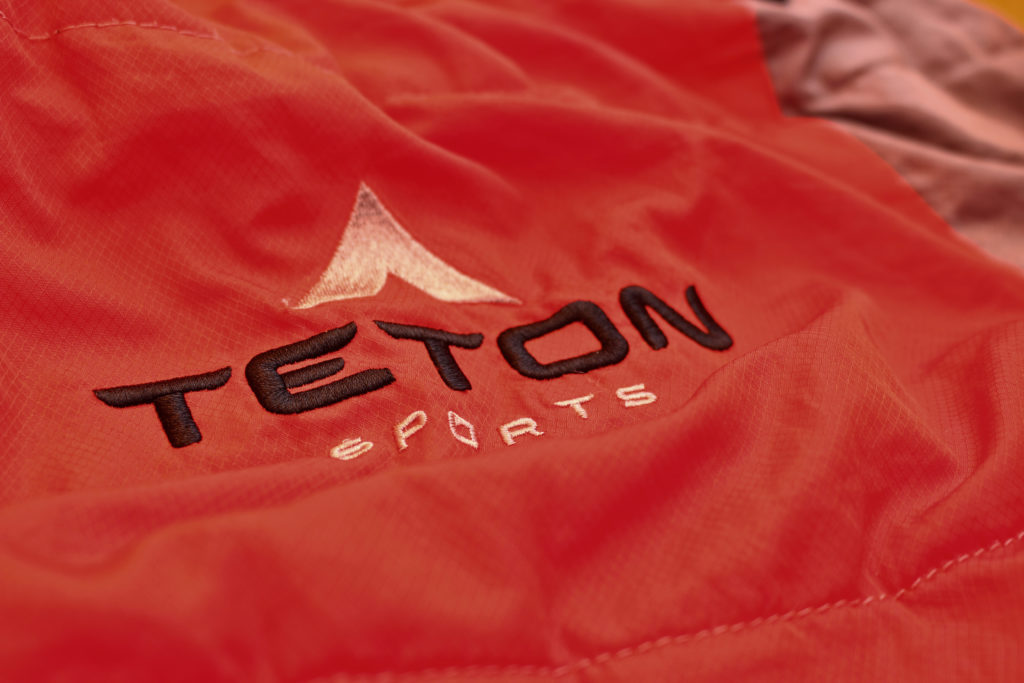
On the flip, you have synthetic bags. These are going to be more budget friendly, as well as better in wet conditions. Synthetic material is going to dry way faster than down and they even insulate when wet. So, if you live in the Pacific Northwest for instance, I’d say you might want to lean a bit more towards the synthetic side, due to the moisture. A few drawbacks of synthetics are they are less compressible, heavier, and their insulation efficiency goes down a bit, each time they are stuffed and crammed into a compression sack.
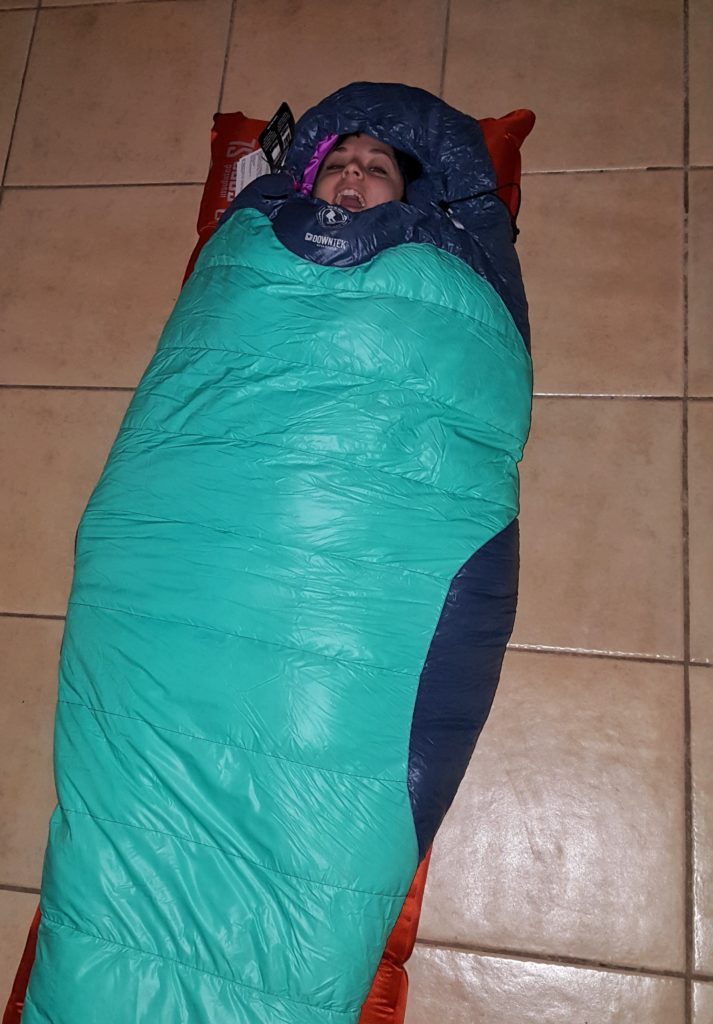
Another deciding factor in picking a sleeping bag is going to be the shape. You have traditional mummy style bags, looser mummy bags, more rectangular bags, and even double bags so you can share with your significant other. For the most warmth, you are probably going to want to go with a more traditional mummy style and maybe even one of the more narrow ones. This is going to keep as little space between you and your bag, which means you will be more insulated rather than something with more play in it. That isn’t downplaying the looser fitting bags at all. In fact, that is what I prefer myself. I am a side sleeper, so it’s kinda nice being able to flip back and forth in my bag without feeling like I am wrapped in a cocoon.

Temperature ratings on these guys are something to drive a man wild. Something that a lot of us fear is being cold out there. That is completely understandable and I’ve been there. In light of that, I think a lot of folks tend to go lower on the temp rating than they probably need. While I think that is good practice, sometimes we overdue it. When we do this, we are just adding weight and taking up more space in our packs. In general a temp rated bag of 20 degrees is going to be COMFORTABLE without any added insulation down to about 30 degrees.
For women it is actually different, because women lose heat differently than men do. Be sure to get sleeping bag specifically designed for women, so the temp rating reflects your needs. These bags will be insulated in areas where women tend to lose heat the most, as well as be cut specifically for a woman.
Staying warm is important, but we don’t need a 0 degree bag when it’s going to be 40 degrees at night. So, like I’ve said above, what are the conditions that you are going to be in the most? Only you can answer that. I think a good middle of the road bag is a 20-30 degree rating. I have a 24 degree bag that I use all year long. When it’s warm out, I will either sleep on top of the bag or have it open. If it’s going to get below 30 degrees, I will sleep in my clothes or pack in a liner. Adding a liner can add another 20 degrees to your bag, depending on which one you get. By doing this, I am able to be flexible and not have to have a bag for each season.
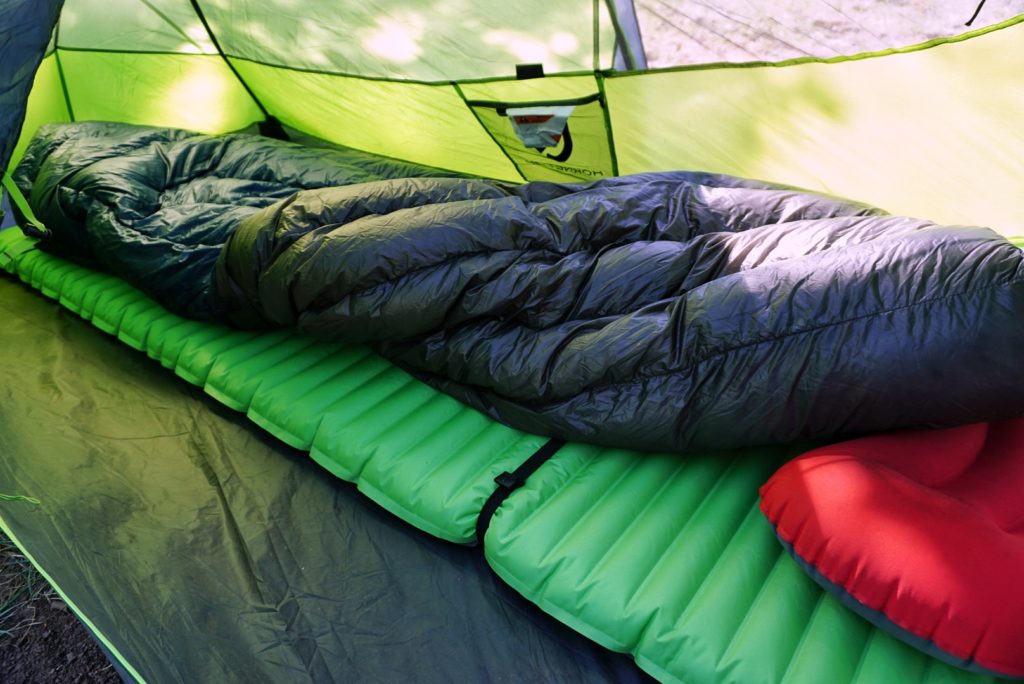
Quilts are something that have had my attention for the past few years and I’ve really been contemplating making the switch to save weight and space in my pack. A quilt is basically a sleeping bag without a bottom, but still with a foot box, like a mummy bag. The thinking on this is when we lay on our bags, we are defeating the purpose of having insulation on the bottom anyways, so why do we need it?
Our sleeping pads are insulating the bottom side of us, not our sleeping bags. By doing this, you knock out a whole bottom section of material, which cuts down on space and weight. To me, it sounds more like sleeping in your bed at home. Get cold? You can always wrap yourself up on both sides and “tuck yourself in.” Get hot? Throw some of the blanket off of you during the night. Check out some of these quilts over at Enlightened Equipment to see what I’m talking about. Pretty neat.
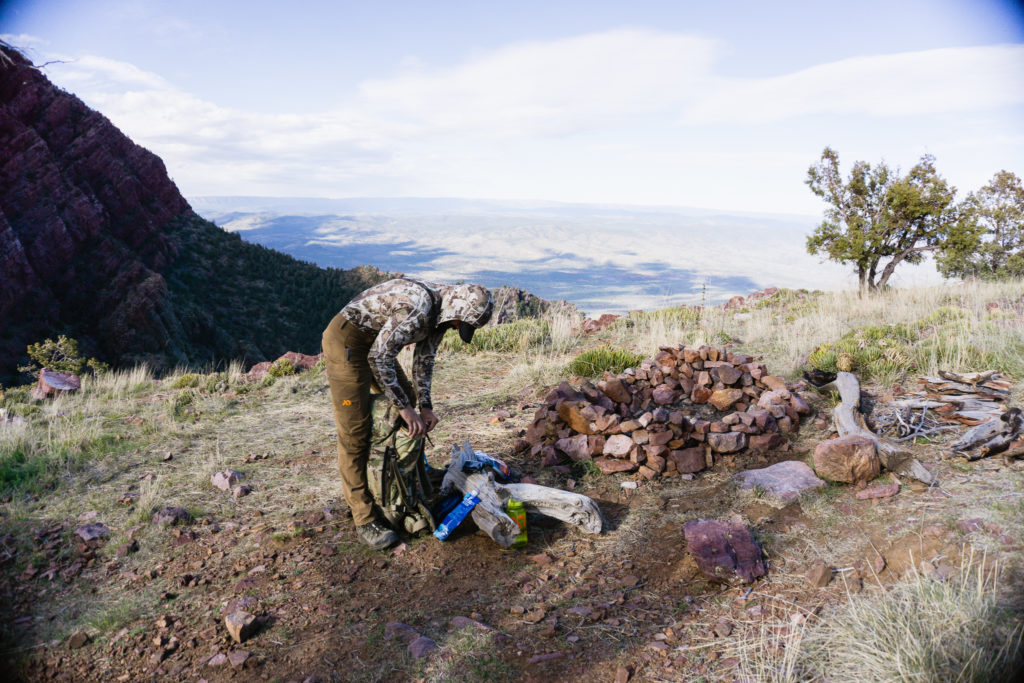
So, there you have it! Acquiring all of the right gear for backcountry hunting can be a task and the sleeping bag/pad area is no exception. Gear prices can add up pretty quick and most of us can’t afford to just be buying sleeping bag after sleeping bag until we find the right one. Take the insight that I have given you and run with it. Accomplishing the goal of getting the right bag/pad combo is going to ensure that you will have that much better sleep out there, which is going to make you hunt longer, harder, and more efficiently. It’s a win-win.
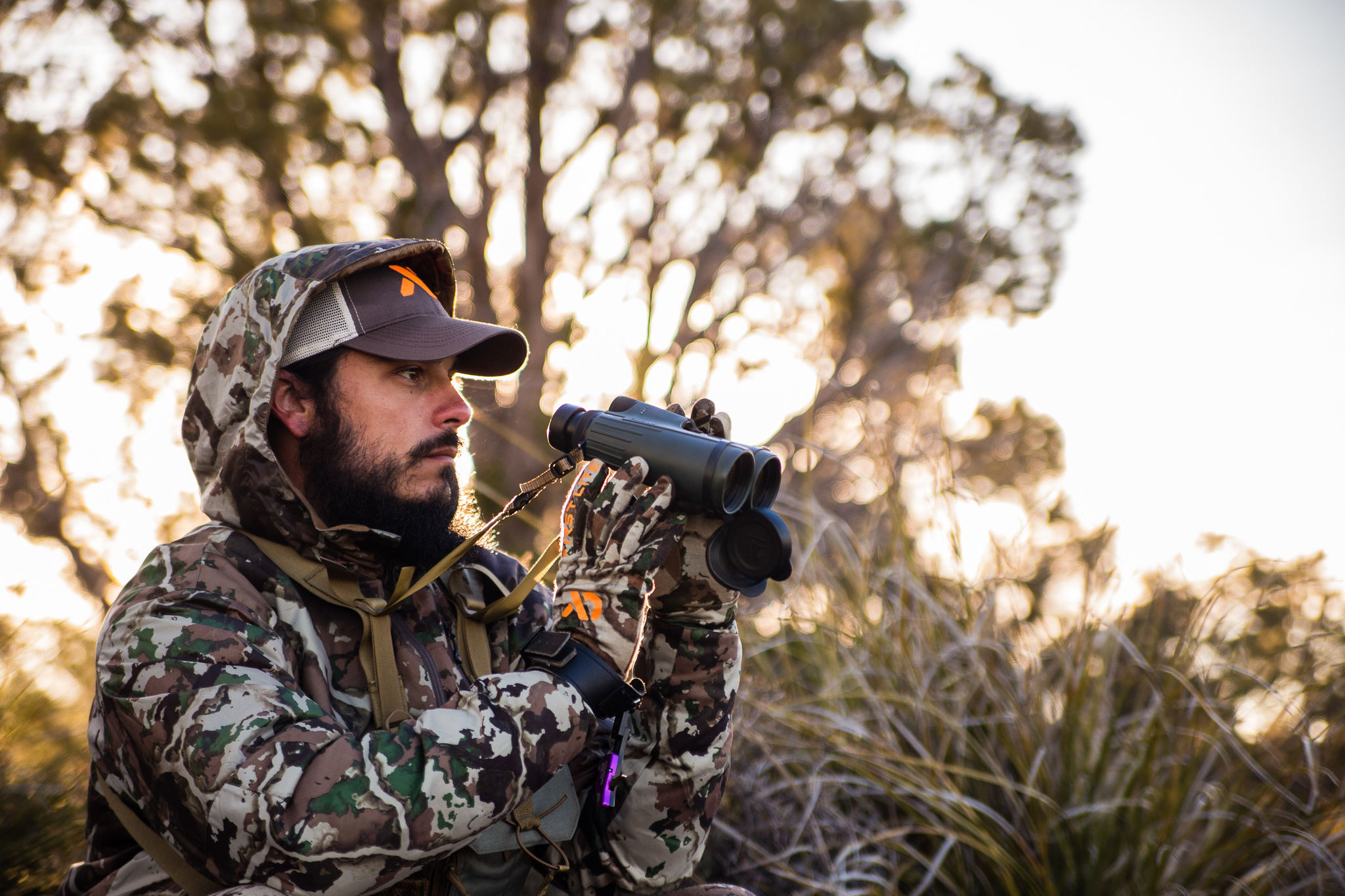

Copyright 2019 Dialed In Hunter
Design by NXNW.